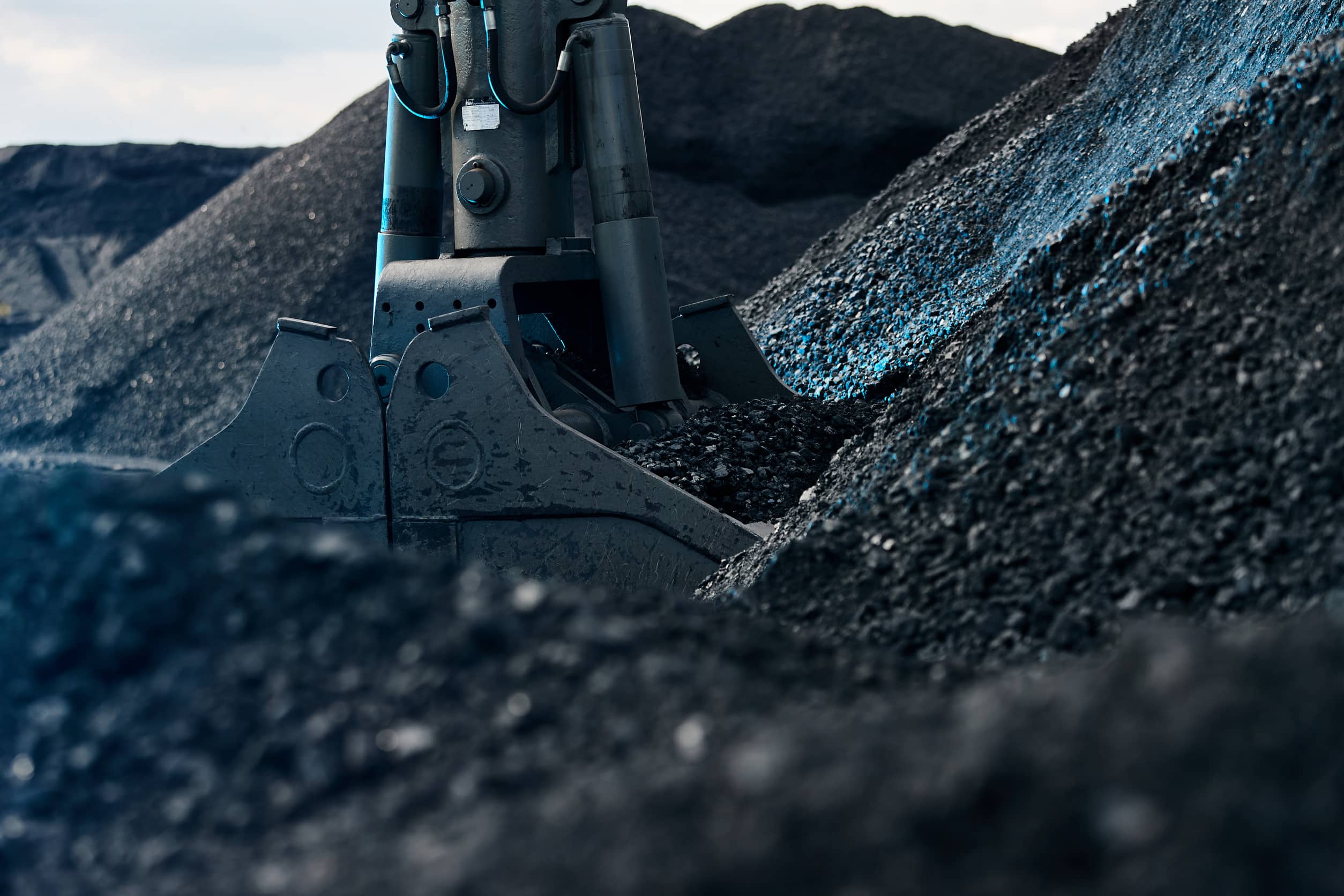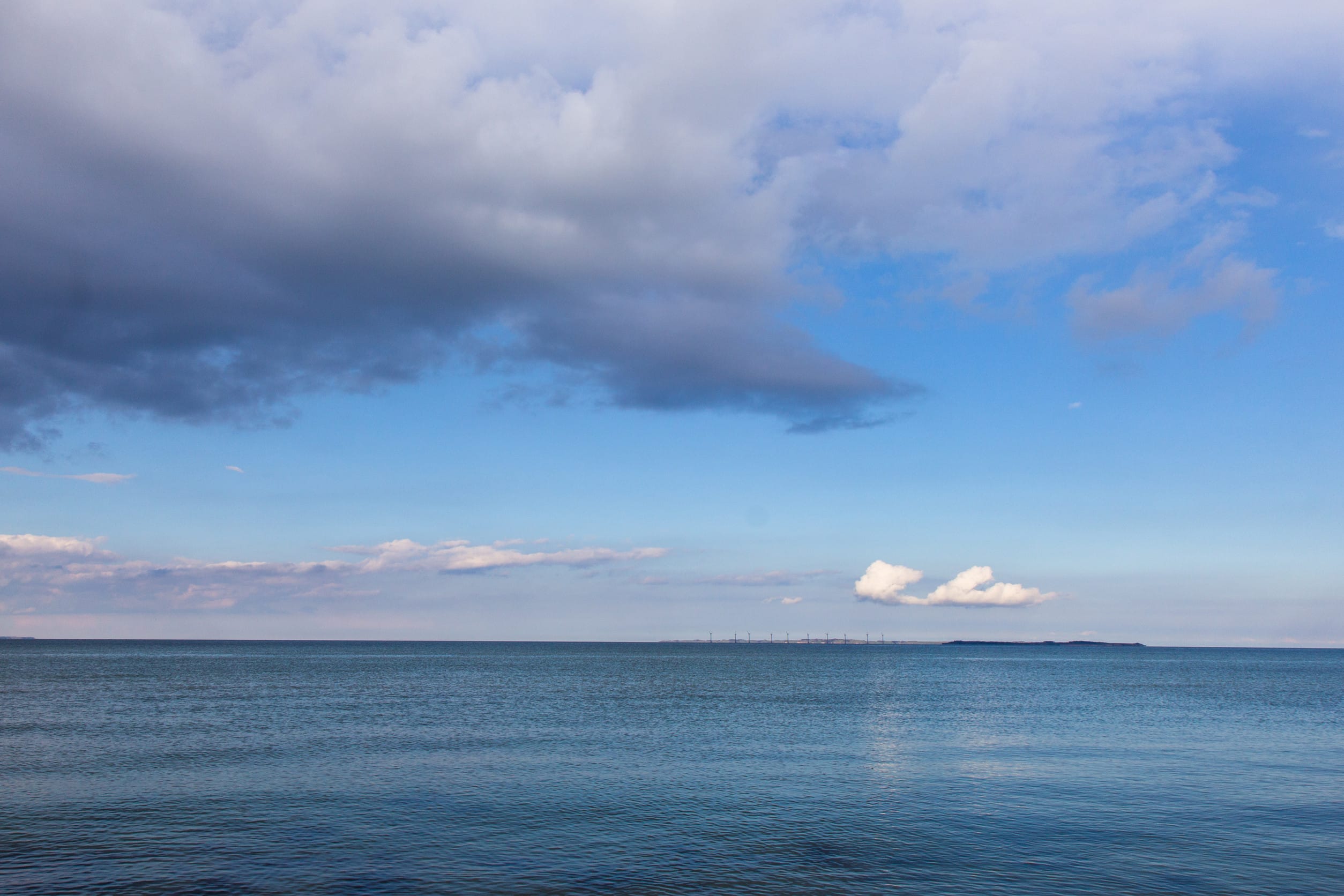Image Credit: arturnyk/123rf.com
Finland has successfully phased out coal as a source of electricity generation, achieving this significant milestone four years ahead of its initial 2029 target. The closure of the Salmisaari coal plant in Helsinki on April 1 signifies a pivotal moment in the country’s transition to renewable energy, with coal now contributing to less than one percent of Finland’s energy mix.
The utility company Helen, which operated the Salmisaari plant, attributed the successful transition to a combination of proactive policies, innovative technologies, and substantial investments in clean energy solutions. This shift has not only improved the competitiveness of the energy sector but has also resulted in lower electricity prices for consumers.
Wind energy has emerged as a primary driver of this transition, with its capacity in Finland more than doubling since 2020. Wind now accounts for approximately 25 percent of the nation’s electricity generation, while coal production has plummeted by 73 percent during the same period. This strategic pivot reflects Finland’s commitment to achieving cleaner air, reducing emissions, and enhancing energy independence.
Government initiatives have played a crucial role in facilitating this transformation. A funding round of 22.8 million euros in 2021 was dedicated to accelerating innovative energy technologies, and wind energy alone is expected to attract 26 billion euros in investments, making up 44 percent of the projected green industry in Finland.
The shift to renewable energy has also yielded economic benefits. As Finland reduces its reliance on imported fossil fuels, particularly from Russia, electricity prices have decreased, bolstering energy independence. The clean transition has demonstrated that environmental sustainability can coincide with economic viability, benefiting both consumers and the energy sector.
The campaign to eliminate coal usage in Finland has been supported by civil society groups, highlighting the importance of public advocacy in driving environmental change. While Finland stands at the forefront of a fossil-free power system, there are calls for continued ambition, particularly regarding the use of biomass and the development of nuclear energy.
Finland’s rapid transition aligns with a growing global trend, as fourteen OECD countries currently operate coal-free power systems, with thirteen more targeting phase-outs by 2030. Finland’s successful transition serves as a model for other nations seeking to achieve ambitious climate goals while enhancing energy security and economic growth.
Check out the original article here: Source link



